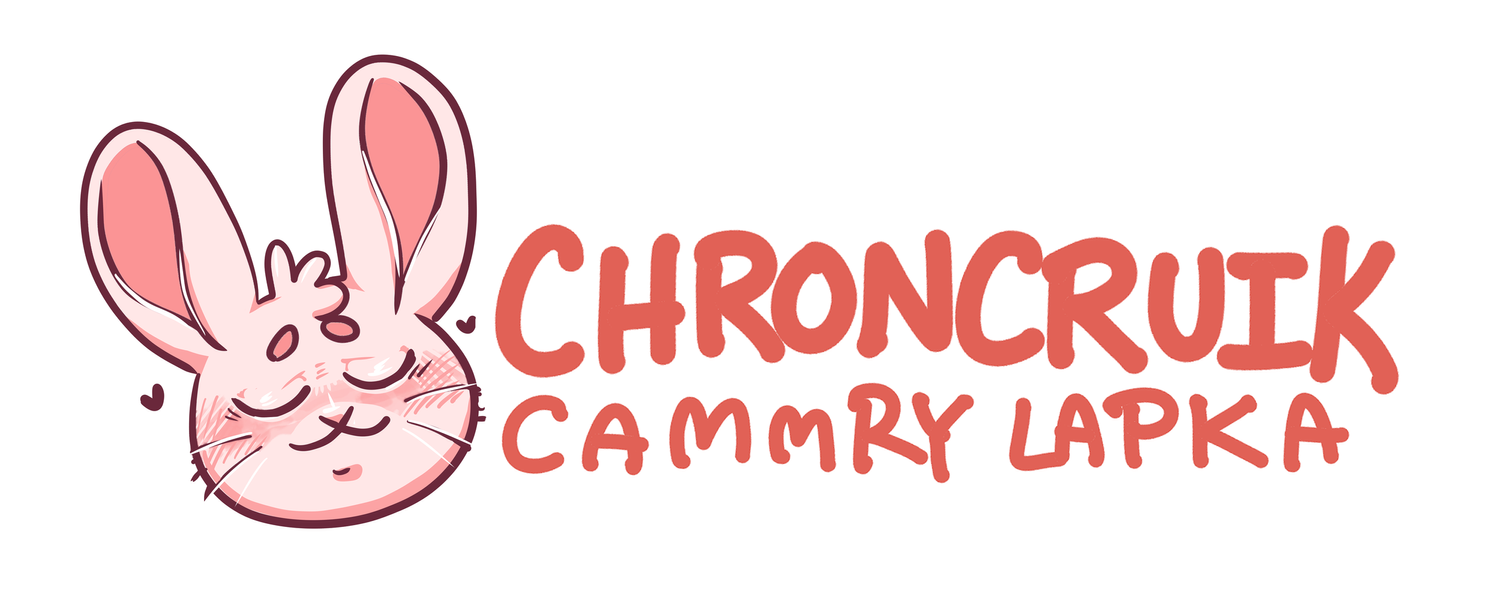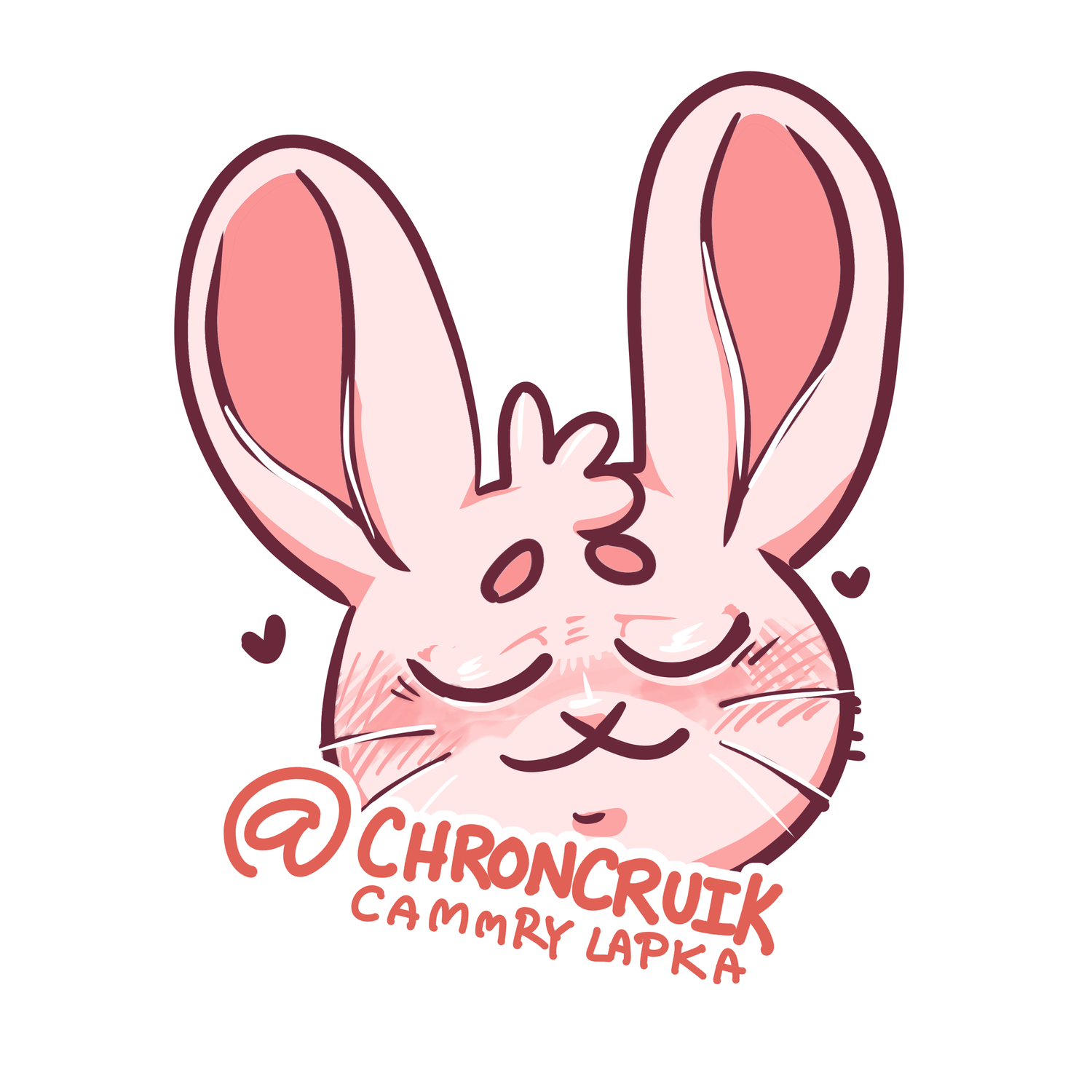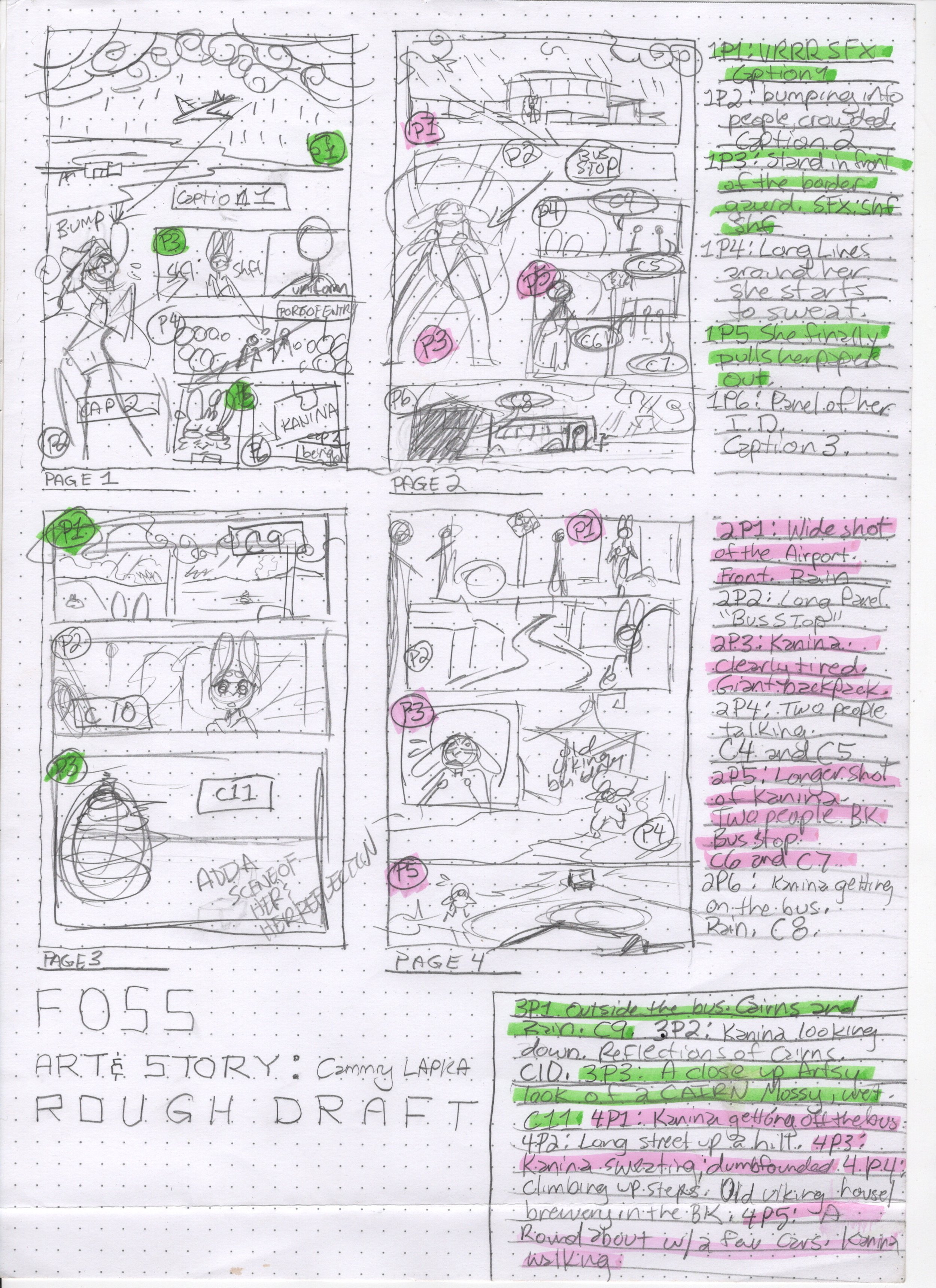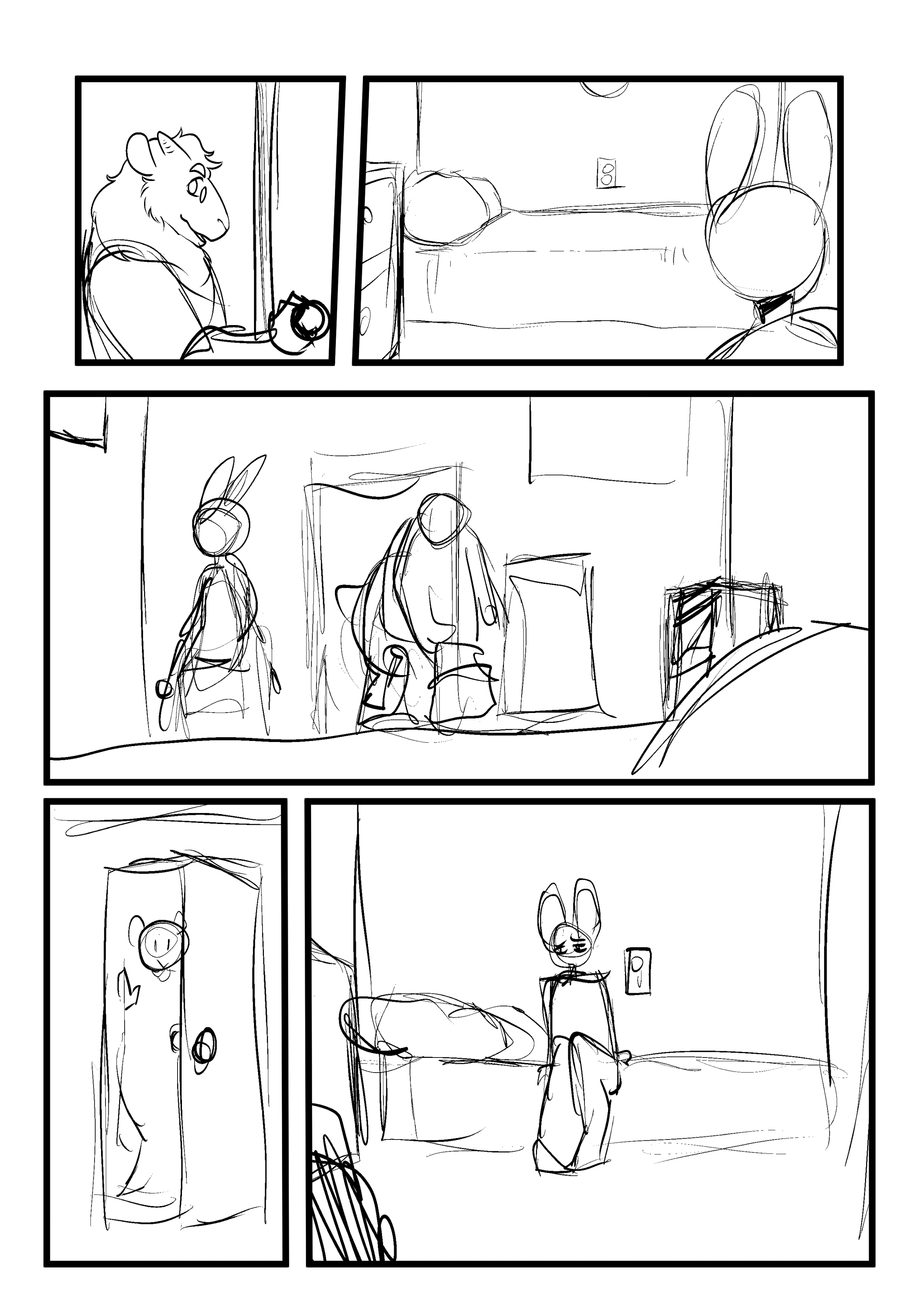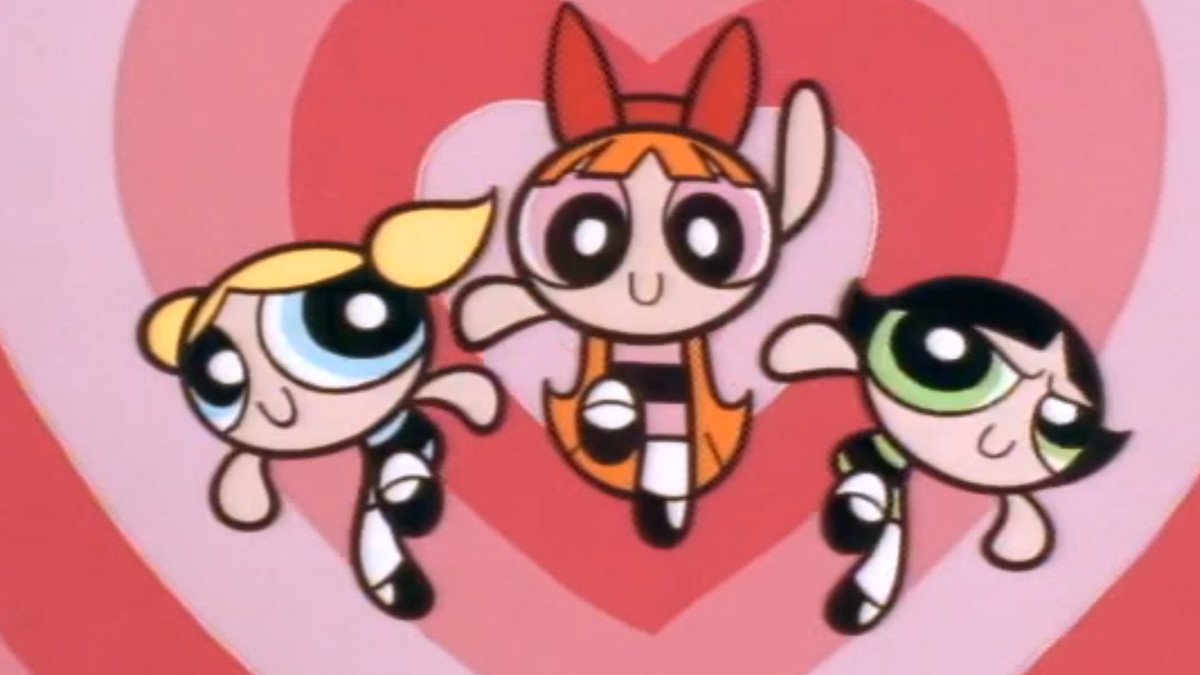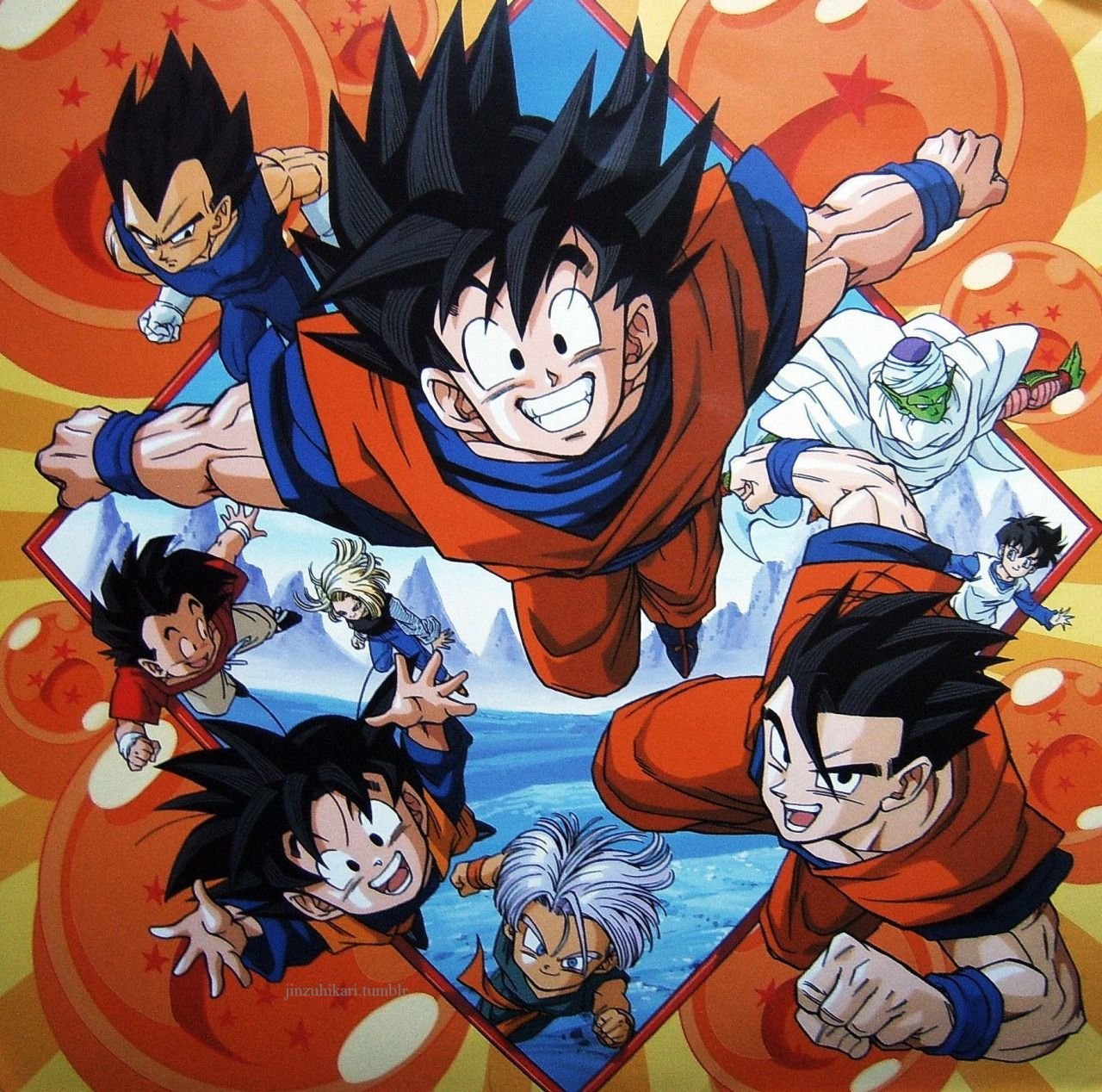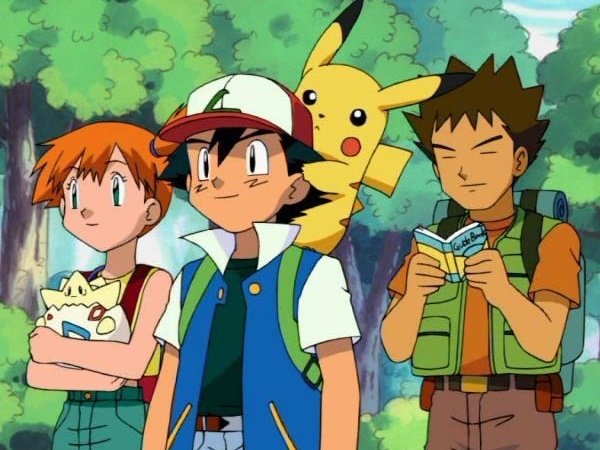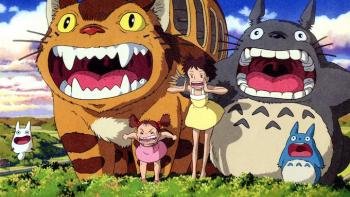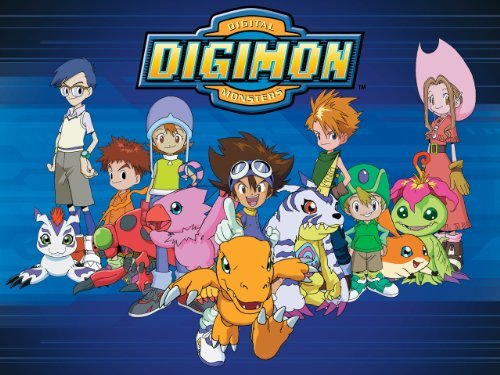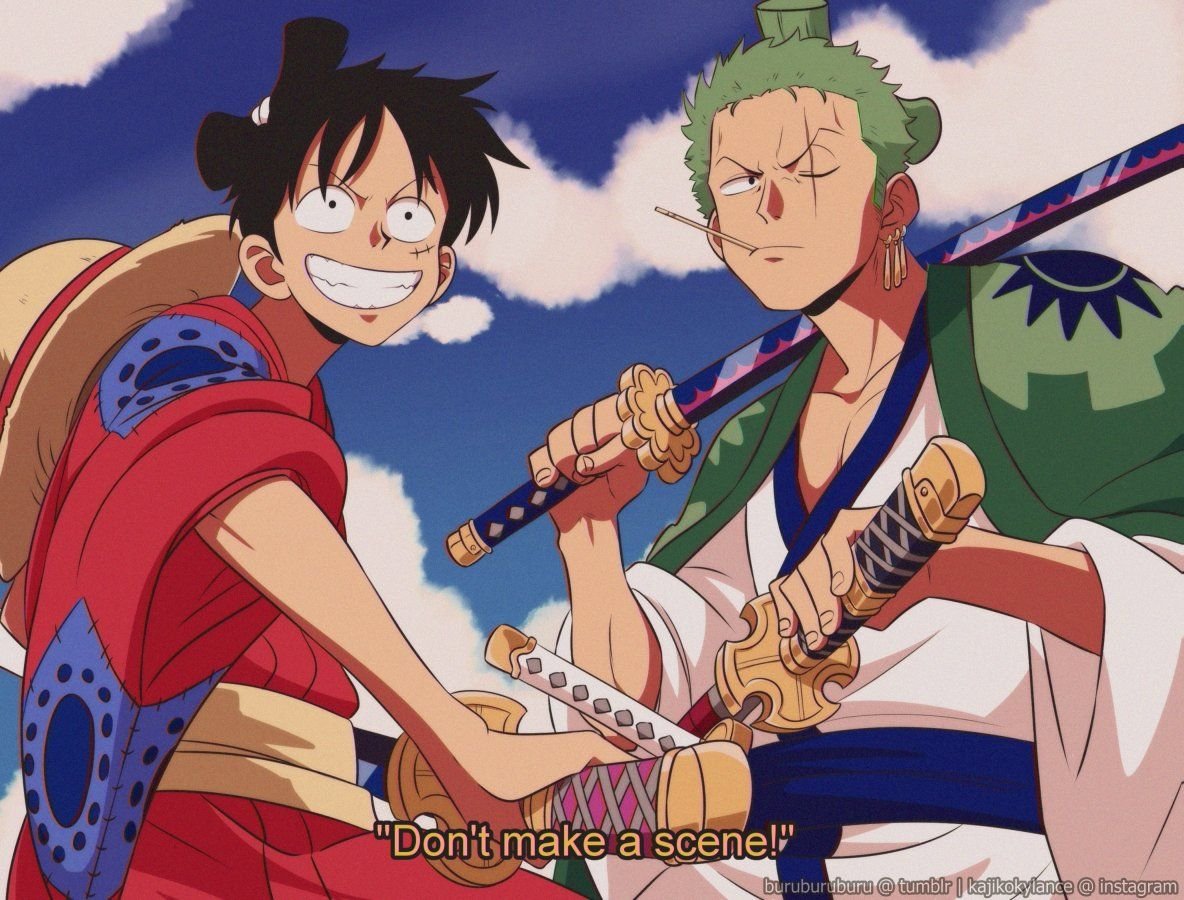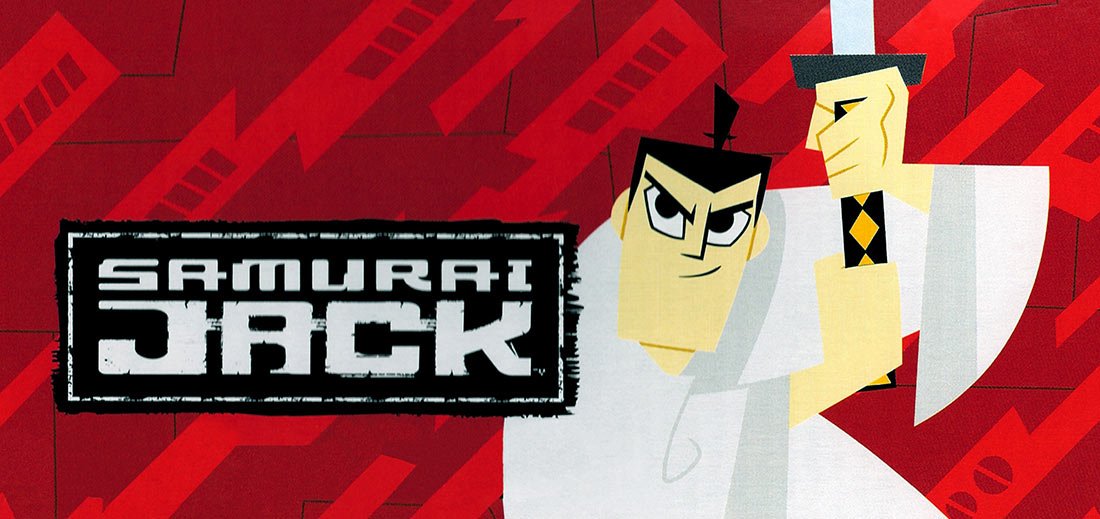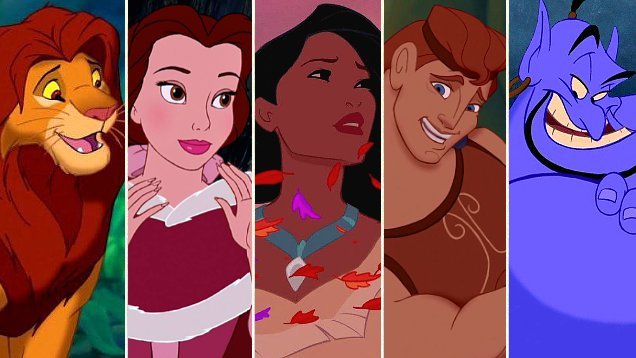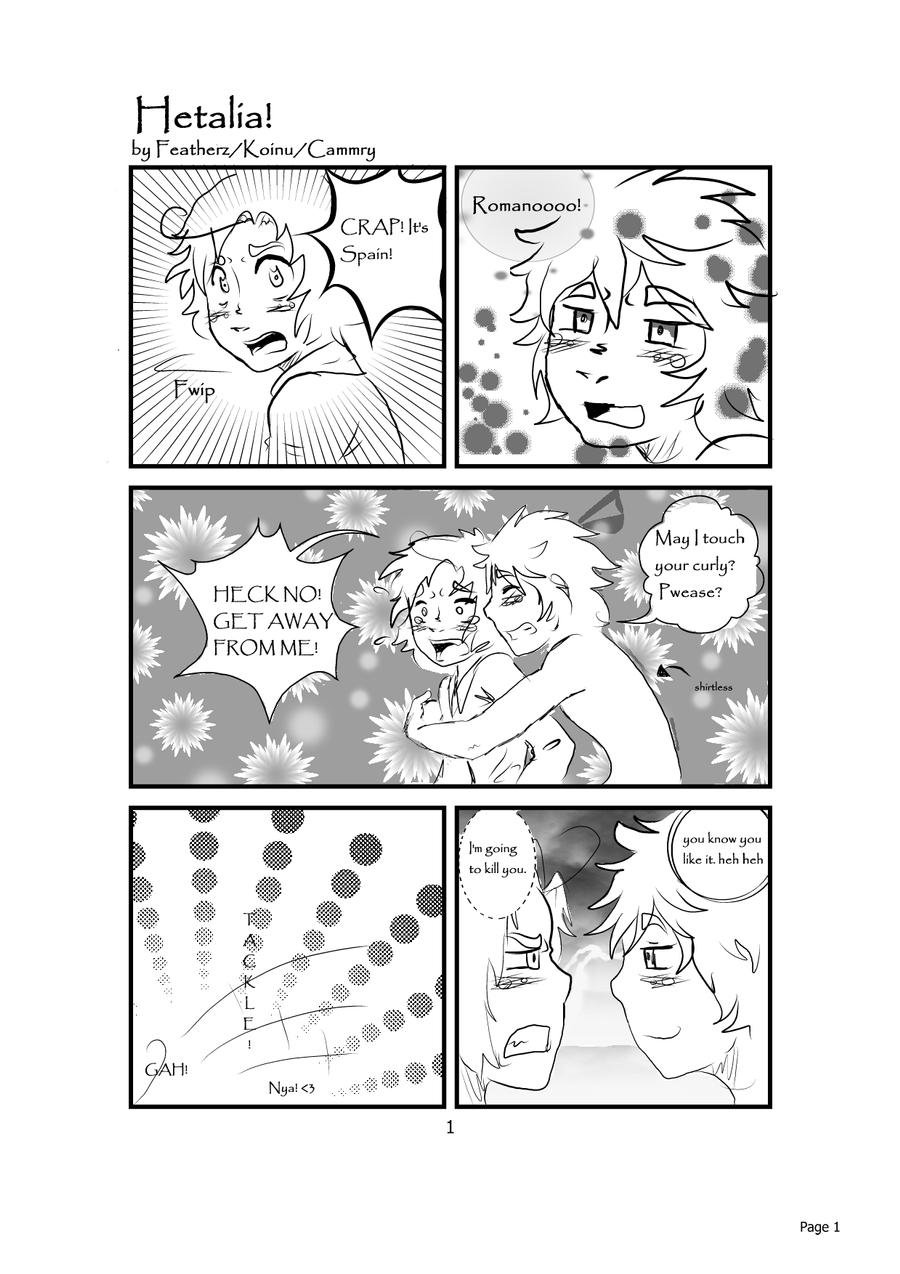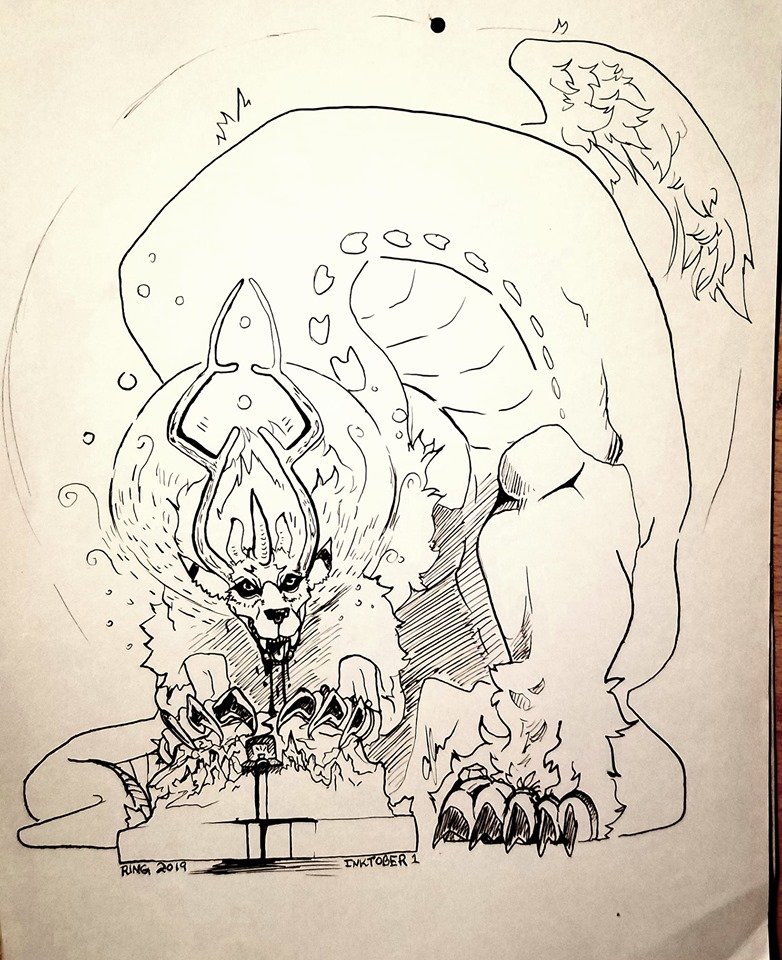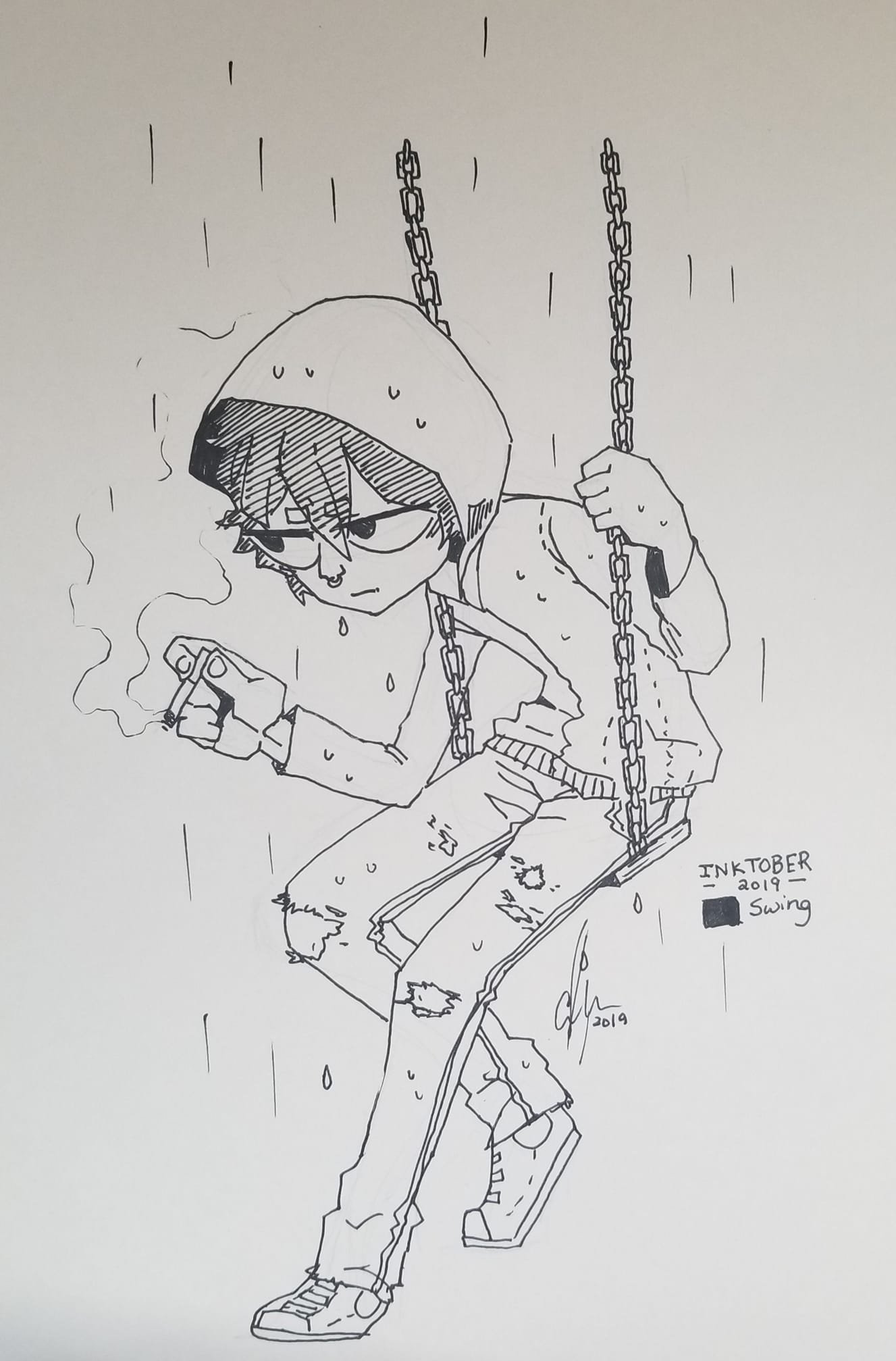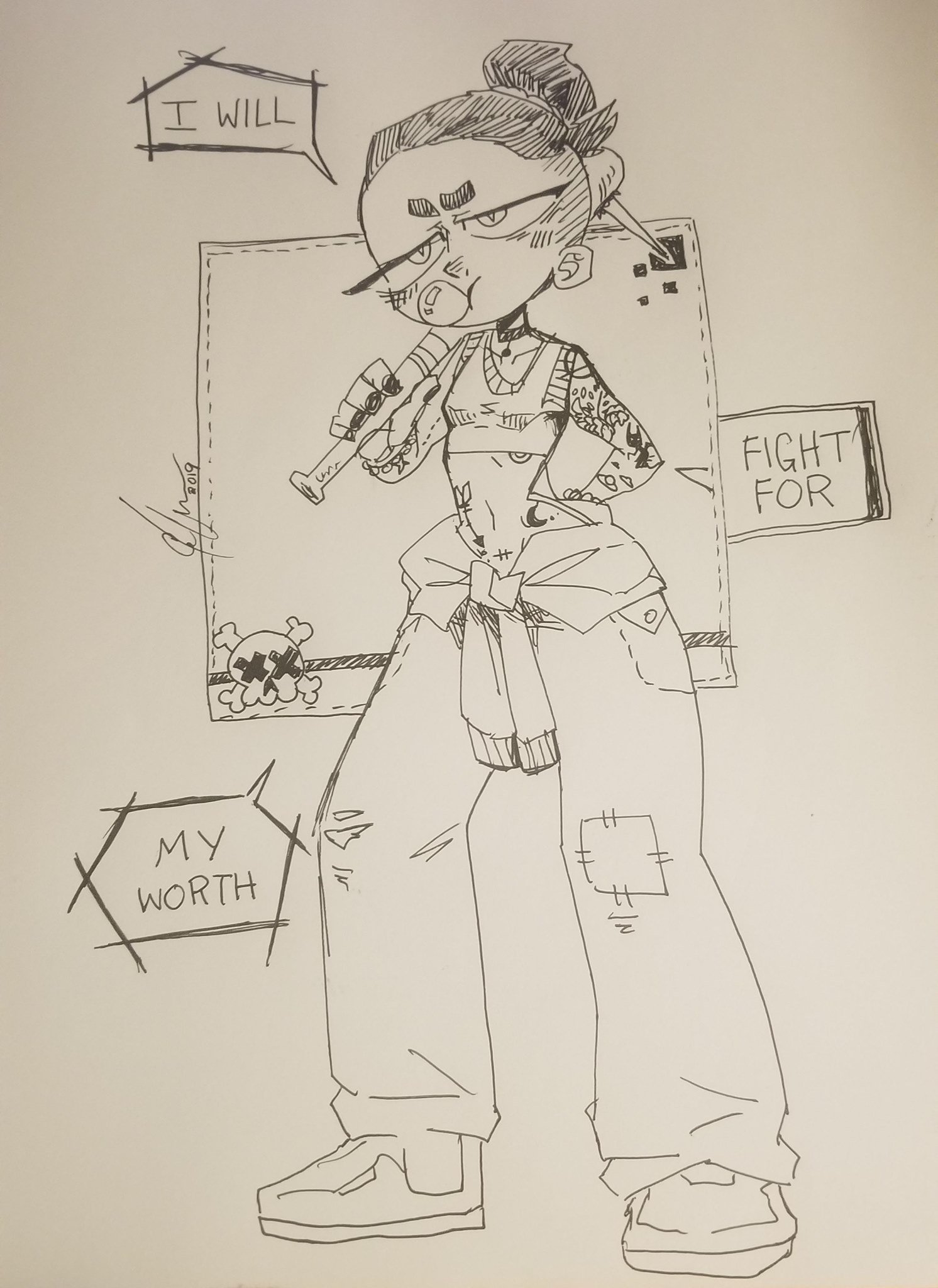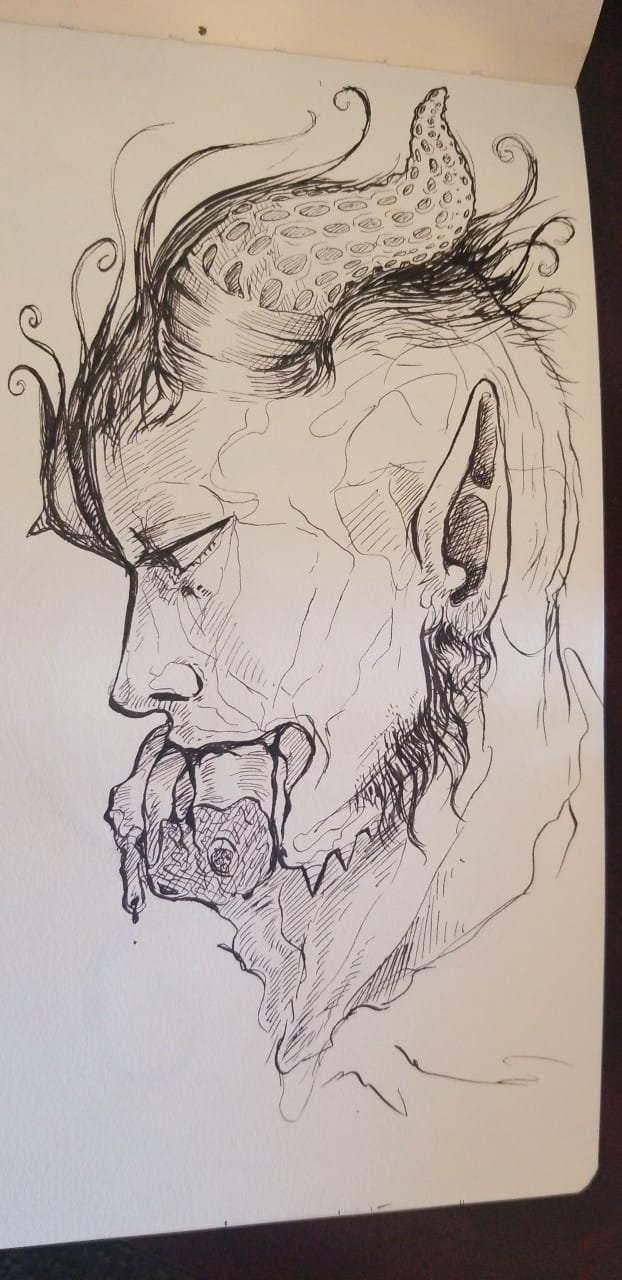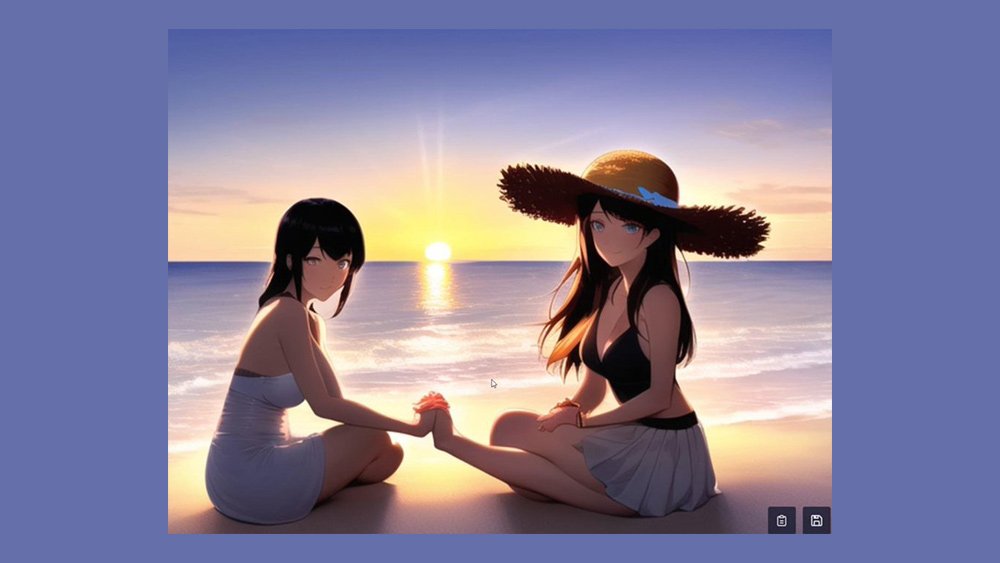List of independent comic book creators for hire
Split into three sections:
Writers, (which will include editors)
Artists (includes Colorists and Inkers), and Letterers.
Continuously Updates. Last updated: 4/11/23
WRITERS
Caleb Thusat (also does Lettering)
Lonzo Starr (Owner of Konkret Comics)
Enrique Lopez (Also does Art and Marketing)
Bitsy Tandem (also does cover art)
Neil Moherman (Also a letterer)
Paul Richards (Blackmoss Comics)
Artists
Bruna Costa (Colorist)
James-Michael Hammond (Does mostly cover art)
Laurie Foster (is also an editor)
Zach Raw (Does mostly cover art)
DaC Comic Studio (Cover Art)
James-Michael Hammond (Cover Art)
Aljoša Tomić (Colorist)
Raymond Lee (Colorist)
Gerome Suyman (Color Flats)
Rebecca McConnell (Colorist)
Letterers
If you experience any problems with these creators or would like to be put on the list, please submit a contact form here.
How to make a comic book
So you want to create comics but don’t know where to start? Here’s some advice directly from a comic book artist!
My very first Comic Book that I fully illustrated
So. You’re looking to make comics, eh?
That’s fantastic! The world can always do with more wonderful creatives like yourself. I’m happy to welcome you into the community with open arms!
Now,
The big question; Where do I start?
The simple answer; With an idea!
It can be anything. However, I suggest you start with something relatively simple. With Black Market Heroine, Russell knew the title before he knew what the story was going to be. With My Grandma is a Demon Slayer, we knew we just wanted to have a badass Grandma slaying Demons. The idea can be as simple as that. From there, you begin outlines for your scripts.
The easiest way to go about outlining is to plot out your beginning, middle and end. Then you can work your way in between those beats as you see fit.
Here’s an example of an outline using an old comic idea of mine:
(GEORGE SMITH PARANORMAL INVESTIGATOR OF THE PACIFIC NORTHWEST)
Beginning: George Smith moves to the Olympic Peninsula.
Middle: George’s daughter goes missing under mysterious circumstances.
End: George is reunited with his daughter.
Very simple start. It can help keep you and your story on track. Of course you can get more detailed with the planning. If you want more information on how to write a proper script outline I’d recommend “Save the Cat” by Blake Snyder. But for now, I think this method is a great way to just get on it and get started!
The next step would be to write the script in its entirety. If you’re an artist, you could honestly completely skip this step and just go directly into thumbnailing. However, I do think the more thorough you are, the better your story will turn out. As it is a lot easier to change or fix things in text than it is when you begin laying out pages.
Format for scripting is our next topic. There are lots of ways to go about this. Some people will be incredibly detailed in their descriptions of what they want to happen and some people will leave interpretation up to the artist.
If you’re a writer only and you plan on hiring an artist, my biggest suggestion is to break pages down for your artists. It helps both parties to know how many pages there are in a book and how many panels on each page.
Here is an example;
Page 1:
Panel 1:
Wide Shot of George’s car on the highway. There are beautiful mountains and trees zooming past. SFX: Musical notes as he is listening to the radio.
Panel 2:
Cowboy shot (Waist up) of George looking up out of his window in awe. Thought Bubble: I can’t believe I’m finally here.
Panel 3:
An action shot of a large shadow creature crossing the road. Speed lines surround it as it’s running.
Panel 4:
Close up of George’s face twisted in horror. SFX: GASP
Panel 5:
Small pop out panel of George’s foot slamming on the brakes.
Panel 6:
Wide shot of George’s Car coming to a screeching halt. SFX: SCREEEECH!!
A few small rules here too while we are on the subject of breaking pages up.
Break dialogue up as much as you can. Cramming paragraphs of text into panels is a bad idea in both writing and from a visual standpoint. There won’t be enough space in your panels to tell the story. SHOW DON’T TELL really matters in comics. (Contrary to what anime might have you believe)
Another thing… avoid cramming too many panels into one page. I think 8 panels is the absolute desperate max that I fit into one page. But on average 5 to 6 panels is relatively healthy. Keep this in mind for pacing as well. You’d be surprised how much of an effect panel placement has on storytelling. However, I won’t get too much into that as that is a whole other lesson in and of itself.
Our next step would be to start thumbnailing. You don’t have to be an artist to do this step. It is mostly to get a feel for pacing as well as character and dialogue placement. Squares, stick figures and bubbles work just fine. Here’s an example of how I put together my thumbnailing:
Thumbnails for my book FOSS. I actually have this template available here on my patreon. I also have a thumbnailing package available on my shop for $2.75 a page.
You can see I provided breakdowns on the side here. You aren’t required to do this but it can help with deciphering your scribbles if you end up not being sure what they were in the first place! (I know that feeling all too well!)
Congrats! You now have the skeleton for a comic book. Doing these steps thoroughly will create a solid foundation for the next steps.
If you’re a writer looking to hire an artist; please do your research and due diligence on any artists offering cheap rates. I’ve heard far too many stories about writers getting scammed out of money and left in the dark on where their stuff is at. It’s not fair to you and it’s not fair to the artists who genuinely work hard to produce quality work and, in turn, get a bad rap because of the bad apples.
At some point I’ll create a directory of trusted independent artists I recommend, but for now I will shamelessly plug myself as it can be expensive to hire artists. I, however, offer affordable payment plans and can help direct you if you need any kind of help with production.
If you’re an artist looking to create your own comic. You’ve got great start! Once you have thumbnailing done, you can now begin sketching your pages. I usually sketch a page and continue with lineart and color page by page. But some people will sketch all the pages and then go through and lineart them. The page-by-page method works for me since I can see results faster and it encourages me to continue with production rather than burning myself out trying to get all the sketches done in one go.
Note: I am almost exclusively a digital comic book artist. So most of the advice I have from here on out are all based on digital standards. If you want a more detailed walkthrough on how to create comics physically I 100% recommend Drawing Words and Writing Pictures by Jessica Abel and Matt Madden.
If you’re curious what I use, I own an IPad Pro (12.9”) 5th generation and use Clip Studio for all of my comics.
Example of my Sketched Pages in FOSS.
Keep in mind you will have to consider what you’re printing your comic book at before. The standard size is 6.625” x 10.25” with a half inch margin. DPI should be at least 300. I like to work at either 350 or 400 just in case things need to be resized. Better to have a higher resolution than a lower resolution if that needs to happen. Do keep this in mind before you start actually producing pages.
Now, sketches are meant to be loose. They are more detailed than thumbnailing, however, they shouldn’t take you forever to do. I think a lot of people get nervous about putting pen to paper since they want it perfect on the first try. That’s sadly not how artwork works. The people who can do that have trained their muscle memory to the extremes. And more than likely they’ve planned out their pieces beforehand in some way shape or form. Honestly, just throwing lines out there and then refining it layer by layer is the best method I’ve found to getting things just right. This is what the next step is, essentially. It may be time consuming but that’s just what it is to be an artist. Your time in exchange for creation! Keep redrawing until it feels right to you.
Another piece of advice for artists trying to keep up on consistency with comics is to keep character turnarounds handy.
My Character Sjalfa from my book FOSS.
Coloring and Lettering are the next steps. I honestly like to hire these parts out as an artist. I enjoy coloring but it is far too time consuming if I’m trying to do quick comics for clients. Color theory is also a whole other lesson in and of itself so I’d recommend studying styles of color you enjoy and get familiar with the color wheel. Same with Lettering. There is so much that goes into both of those. I hardly ever do lettering since it’s not something I enjoy doing. So I just hire that part out. Again, I think I’ll put together a list soon of good independent artists, writers and letterers you can hire out.
Finished Page of FOSS with lineart, colors and letters by Me, Nicolas Touris and Micah Myers.
The last steps are finding funding, printers and/or publishers. A lot of the independent creators in the community use kickstarter as a means to fund their projects. Self-publishing is another option but can be costly. It takes a lot of investment both financially and mentally. You’ll be doing a lot of the footwork that publishing companies do for you. But, you will ultimately have more control over your own franchise.
If I’m honest, I should probably listen to my own advice with a lot of these things. Though, I think that’s the beauty of entering a field professionally is that it really provides a lot of opportunities to learn and grow. Making connections and having an open mind is key to being successful. You’ll always have flops and failures but everyone has those. So don’t be discouraged, be stubborn with your ideas and most importantly have fun.
I hope you found this helpful. If you have any other further questions or simply want to reach out you can always email me at cammrylapka@gmail.com.
Good luck!
How to become a freelancer
Want to know how to become a freelancer? Or how I managed to get here? This article is for you! :)
My journey from a 9 to 5 to a full time freelancer
Me vending locally at Squatchcon 2022
I knew I wanted to be a full-time artist of some kind when I was younger. The vision shifted as I grew. I wanted to draw comics first. I remember drawing pages upon pages of silly stories I made up and attempting to bind them using tape (It was a mess by the way.) Then as I made my way into middle school I dove into anime and decided I wanted to get into animation. I remember animating for hours on my old Nintendo Dsi back when Flipnote Hatena still existed. Then, I got into high school and they really drilled it into my head that I’d need something more practical. So, I joined a newspaper class and became a graphic designer. From there I had already begun working part-time at the local paper and I was stuck in the advertising and design industry for years.
However, this early love for comics never went away.
A lot of my turning points in my career was when I moved to Washington. People don’t think about it much but location can truly turn your life around especially when you were someone like me who grew up in the Midwest in Montana and Wyoming.
Don’t get me wrong, both places here are beautiful in their own way. One just had far more opportunities to offer than the other.
For Example; Wyoming’s biggest city is Cheyenne and the only “comic” convention they have is the Pop Culture Convention in Casper. If I wanted to do bigger conventions I’d have to travel significantly farther.
Washington, on the other hand, has too many comic conventions to count. Mainly Emerald City Comic Con which is the fifth biggest convention in the WORLD (that is only 2 hours from where I live.) Not to mention Portland is a completely doable 5 hour drive away as well.
This can directly affect business traffic, schooling opportunities, diversity and so much more.
When I first moved up to Washington, however, it was not instant success. I worked at Walmart then a small greenhouse for a short time before having to hop right back into the Newspaper industry to make a living. Even with more opportunity is sure is a smidge (okay maybe more than a smidge) more expensive to live up here. Though, with time and patience I began making connections.
My first freelancing gig was with a fishing pole parts company in Sequim. (Yes I know that is so random and obscure) I organized their manuals into set layouts with part numbers etc etc. I got this job from posting a Craigslist ad about my graphic design and illustration services. It was incredibly boring and not really what I wanted to be doing. However, the manager there turned out to be an organizer for the “Jet City Comic Con” (Now Grit City) in Tacoma. Which gave me my first really important connection.
From there, I kept my eye out for other conventions in the area. Especially locally. This is what lead me to my very FIRST booth experience and vending in general.
OPTTACON.
Opttacon was a gaming convention hosted locally in Sequim, WA
This is an example of an early booth of mine. I sadly do not have pictures of my first booth. This, however, was still Opttacon and you can see how minimal the layout was.
I think it was a perfect first experience. It was all local people. There was opportunity for me to showcase my stuff and meet people as amatuer as I was. I also made MORE connections here. This was around the time my friend Braiden and I started up Pugmera Studio. Which was our own comic publishing company. It was difficult, however, as Braiden had his dark and horror related comics and my art style screamed cartoonish and comedy. Our ideas and vision were a little different. Yet, even then I still loved every minute of the experience of having a company with fellow comic book enthusiasts.
Pugmera Studios probably would have lasted a lot longer if it hadn’t been for the Pandemic which we all know hit in early 2020. It was difficult for us to do any conventions and meeting up to plan wasn’t producing any worthwhile results.
So I had to make the executive decision to branch off on my own.
It was difficult because I really wanted to see Pugmera succeed, but working on my own at home seemed to be the next logical step.
An early advertisment for Pugmera Studio, LLC
From this point in time I began doing a lot of work through Fiverr. Which had its ups and downs. I did have the freedom to work through a “digital agent,” however, they took large portions of the money and charged my clients even extra for using their website. It also took nearly two weeks to have my funds transferred to me anytime I completed a job. It was somewhat annoying even if I was finally making money doing what I loved.
The positive side is that I got a whole bunch of visibility and I built a healthy client base. I did this for about six months while working a part-time job at another greenhouse. When I got sick with COVID finally in late 2021, I was essentially let go. So, I thought it was a perfect segue into becoming a full-time freelancer. I partially stopped using Fiverr. Anytime someone contacted me on there I’d just direct them to my website and they were more than happy to take out the middle man.
This naturally evolved into me taking on more clients. My portfolio diversified and my work got better and better. My published works were getting more visibility and that meant more clients. I also do a lot more shows now with my table set-up significantly improved.
Now, I organize monthly financial goals. I set doable deadlines and try to have what I need to get done for the day/week all outlined beforehand. It helps keep me focused. It’s definitely not easy. Especially trying to figure out myself and what works for me. Because it’s not the same for everyone. I have severe attention issues and that means I’ve had to come up with solutions to keep me focused which has included many therapy sessions and meetings with business advocates and marketing professionals. I’m still working on that to this day, yet I do get better with each lesson and each thing I try. I will write another article with more detail concerning what goes into that process soon.
For now, I hope this has given you some insight on how I got here and perhaps it can help you with where you want to go if Freelancing is something you’re interested in doing.
GOOD LUCK!
How to develop an art style
Art style isn’t something that comes to you spontaneously in a dream one night. It isn’t a sudden “EUREKA” moment nor is it something that you are even consciously aware of. Art style comes from years of observing both yourself and others. It’s an amalgam of art, concepts, media and more that you absorb from common interests.
The earliest images I have on the internet are from 2011 but I’ve been drawing ever since I can remember. This image sums up pretty well how far I’ve come in terms of developing an art style.
Art style isn’t something that comes to you spontaneously in a dream one night. It isn’t a sudden “EUREKA” moment nor is it something that you are even consciously aware of. Art style comes from years of observing both yourself and others. It’s an amalgam of art, concepts, media and more that you absorb from common interests.
For example, my earliest inspirations were from cartoons I watched as a kid such as Pokémon, Digimon, One Piece, Power Puff Girls, Samurai Jack, Studio Ghibli Movies, Dragon Ball Z and a whole bunch of animated Disney movies.
As I got older these developed more and more into anime and cartoon fascinations. I got access to the internet and began drawing on an old oeakaki (an online drawing applet that let you post to forum-like websites) that was based in the neopets fandom. Which really got me into a whole other part of the art scene. In internet terms these were the early furry fandoms. I started drawing with a mouse (which resulted in some terrible early artwork that I do not have anymore THANK GOODNESS) but that was where my digital art career began. I had to have been around 11 or 12. I begged my mom for a tablet which after a few months I got a cheap walmart brand one and from there I saved up my own money to buy an early version of clip studio originally called “Manga Studio Debut 2.0” somewhere in 2008-2009. At the time it was $40.
This is where I got into comic creation.
As you can tell I was very much into Hetalia at the time.
More and more I had gotten involved in internet forums. Exploring independent artists and finding things I enjoyed. I saved images and yes. I would copy them from time to time. I think that is how a lot of younger artists start out is tracing over art they enjoy. Being as young as I was I tried to pass it off as my own but you can really tell the difference between what was my natural art style and what was straight up copied. I think after being called out a few times I learned that straight up tracing wasn’t going to get me anywhere.
I was a real stubborn child and for awhile I did use the excuse “It’s just my art style” when something didn’t look quite right. I urge you, please do NOT do this. It stunted my growth at that age and I probably could have gotten leagues better if I had just sat down and studied real subjects in the real world. In my opinion, this was the plague in my early years. Thinking I knew what was best.
Though, one big thing that did push me forward was having artist friends as a young teen. There was definitely unspoken competition. I wanted to be the best out of anyone in my school. While this mentality was sometimes detrimental to my self-esteem, it also pushed me to start searching for other avenues to improve.
I couldn’t just use anime and cartoons anymore.
In late 2013 I began working at a Barnes and Noble Book Store in my hometown. I had access to hundreds of books on art. One that really inspired me to begin veiwing art in a more professional manner was this particular volume of “ImagineFX Magazine” that came out January 1st 2014.
Ron Lemen is legendary in the way he breaks down figures and makes it easy to understand how to “build” people like legos. Surprisingly this book is somewhat rare and expensive nowadays.
I remember aggressively bookmarking this volume and having it in my backpack at all times during school. I remember frequently getting in trouble for not paying attention in class because I had my nose in artbooks and was constantly drawing. This first step though helped flesh out how I drew things. While I was still obsessed with anime and manga at the time (I even went to Japan in mid 2014) I was now taking my skills to the next step with real life observations.
I also bought another book full of small American Comic Book Artists called “Mangaka America” One in particular caught my eye: Corey Lewis. I had all his pages bookmarked. He was a big factor in my art style. I just love how he draws his characters and how funky and wild they are! Bryan Lee ‘O Malley was also another artist that I got super obsessed with in high school. I owned all the Scott Pilgrim books and copied the pages that I loved. Giving me even more of an edge on comic book creation. Ironically the two are friends and I’ve seen crossovers of their work ocassionally.
After High School, I worked several odd jobs but continued to draw. I began my webcomic “perpetual” in 2017. I had gotten a thrill from drawing something that was my own even if it was confusing, all over the place and flawed. I’d been drawing for years but now I could truly apply it to something that could engage people. Later that year I moved to South Dakota. Drawing began to be a respite from the stresses of having no car, living with my parents again and working a minimum wage job while I saved up for the next stage of my life. This is where I got really involved with drawing in the wild. I would ride my bike everywhere and would stop by the creek to draw rocks, birds, grass, flowers. Anything I could see. I had secret hiding spots where I would don headphones and zone into focus. I didn’t know I’d be so fascinated with drawing such mundane things. However, I think that’s where art will really become something more than just copying and imitating. You see things in context. You see them in a 3D world. You observe just to observe. It added a whole other dimension to my artwork.
This is also where I began to get really into drawing dragons. I bought a book called “DrangonArt: Ultimate Gallery” by FlightRising’s own “NeonDragon.”
Thanks to my observations in the wild and my new dragon obsession I had a penchant for drawing these creatures in environments or as their environments like I never had before.
I began experiementing with ink and new mediums.
This is where we really start getting into my freelancing career and my attempts to start putting myself out there. That is a whole other article in and of itself but that did put a whole other twist on my art styles. I had to learn perspective, panel layouts, background design, interior design. I had to put on many hats and keep learning. It never stops. I’m still devloping my art style. I’m still learning.
I think the biggest thing about learning how to develop an art style is to have an open mind. Be willing to learn. Be willing to take criticism and explore things outside of your comfort zone. I thought I knew what I was doing when I was a kid and it severly stunted my growth. I feel like I could have been much farther if I had an open mind in my earlier years. But it’s never too late. If you love drawing and you love making things, that is what really matters.
Keep drawing. Keep improving. One day you’ll start hearing people say, “You’re work is so distinctive! It’s so you!” And that just means you’re on the right path. Intuition, passion and a willingness to learn will always put you on the right path.
Thank you for reading and explore my portfolio for all of my most recent works!
Cammry
Wings of Fire Fanfiction
CHAPTER ONE
Sanddollar had been waiting all night for Angler to show. She could see the sun casting orange-blue tones across the coral reef she found refuge in. Bubbles found their way up from various ocean life hidden in cracks and crevices, dancing their way up in the watery gloom. I wonder where he could be… Has he just been stringing me along the whole time? She thought, feeling a twinge of pain in her chest. Maybe this is what he had done with other she-dragons. Living up to his Angler name in some sort of cruel roundabout way. Her father always warned her about him, but she didn’t see what everyone else saw. They saw the prejudices the Queen had placed upon him and not the dragon himself…
But maybe they were right… and I’m just naive. She folded her aquamarine wings close to her body as she lowered her head on a squishy bed of anemones.The water around her was starting to cool and it seeped into her bones. She wasn’t sure how much longer she wanted to wait here. Sanddollar knew her father would be looking for her if she stayed out past sunset. Not to mention, if he found out that she had been seeing Angler… well… things would get very complicated for her.
She took one last glance around the reef. Only a few exotic fish meandered through the coral. Sanddollar let her scales blink and fade in an expression of disappointment. She began to unfurl her wings to leave when she saw a sudden flash in the distance. It flashed continuously. As if panicked. She narrowed her eyes attempting to figure out what it was she was seeing. Soon the flashing light began to accompany a shadow that grew larger and larger with every passing second. Her heart fluttered as the obscuring blue of the water turned into…
Angler!
His eyes were wild and he nearly rammed into her as soon as he reached her. His scales were flashing all kinds of wild colors and assortment of expletives.
He was saying, “We have to leave now. We need to go. NOW. This is bad. This is terrible. I can’t believe this is happening.” He shook her by the shoulders and whipped his webbed tail trying to pull her up to the surface.
In an alarmed flurry, Sanddollar had no choice but to follow him. They held onto each other as they both winged up to the surface. As they broke into the wide open sky, it took a moment for Angler to catch himself, “Quick. We have to hide.”
“What’s going on, Angler? You’re scaring me.” Sanddollar whimpered. He didn’t even bother answering her as he darted off for the nearest cave. She couldn’t do anything but follow him. It was a small damp space that seemed to fill up when the tide was high. Mussels clung to the walls and tiny hermit crabs scampered away in the small pools around their ankles. Once they were there and out of sight, Sanddollar saw something huge break the surface of the water where they had just been moments ago. It was a dragon that Sanddollar did not recognize. A hulking female with crimson scales. A SkyWing? Though, she didn’t look exactly like a SkyWing…She had a webbed tail and gills like a SeaWing. '
She heard Angler whimper softly, “She wants to kill me.”
Sanddollar turned to him nearly hitting her head on the low ceiling, “Doesn’t everyone want to kill you?”
Angler’s expression gave an indignant flash before returning to fear, “Not everyone. But her… especially.”
“What did you do this time?!” Sanddollar whispered impatiently.
Angler gave a small hint of annoyance, “It’s not what I did. It’s the fact that I exist and she’s found me.”
The hulking dragon searched frantically, her nose steamed as she skimmed the surface of the ocean. It wouldn’t take her very long to find the cave they were hiding in. When she got to the beach it was only a matter of time.
“I think your friend is going to find us if we stay here much longer.” Sanddollar whispered in a worried tone.
She could see the gears turning in Angler’s head. He scanned the tree line and then to Sanddollar, “Distract her and then I can escape into the underbrush.” Sanddollar huffed in anger, “First you make me wait to meet up with you, then you bring a hulking angry she-dragon with you and now you want me to distract her so you can escape? What if she decides I’m a lovely warm-up for the beating she’s going to give you?”
There was a brief pause and she could see the remorse beginning to form on Angler’s face, “I’m sorry, Sandy… I didn’t mean to drag you into this. You were the only dragon I could think of who actually gives a fish’s tail about me.” His voice cracked with that last statement, “I promise she isn’t looking to kill any other dragon besides me. Just give her a reason to look away for a moment while I have time to hide.”
Sanddollar didn’t know what to say. He wasn’t wrong in a sense… It made her feel terrible. So, she simply nodded and readied herself at the mouth of the cave. She paused and looked back at him, “If I die I’m coming back to haunt you for the rest of your days.”
She saw him hold back a smile which made her feel a little better, however his look of worry did not soften. She really wondered who this dragon was and why she was so furious at Angler. Those were thoughts for later. Right now she had some distracting to do.
Sanddollar took off toward the beach attempting to make it seem like she was looking for something. Her heart began to race when the Crimson SeaWing noticed her and began making her way over. Sanddollar pretended that she was oblivious while she poked a shell out from under the sand.
“YOU! SEAWING!” She shouted in gruff voice.
This is it… please don’t crack me open like a coconut, Sanddollar thought as she looked up to the other she-dragon, “Yes?”
Sanddollar had to force her gaze forward to avoid hinting on Angler’s hiding spot. She sincerely hoped that Angler had made it safely and wasn’t still waiting in the cave like a scared dormouse.
The Crimson dragon landed on the beach with a humph as sand scattered from under her wings. Sanddollar had to cover her eyes for a moment, “Did you see another SeaWing fly by here recently?”
Sanddollar blew some sand from her nose and when she looked up, she shuddered at how big this dragon really was up close, “I … I see SeaWings fly by all the time around here.”
The Crimson dragon huffed with an air of frustration, but there was a glimmer of softness within her. Rather than being furious at Sanddollar’s reply, the she-dragon lowered her head, “You wouldn’t happen to know one called
‘Angler,’ would you?”
Sanddollar was a bit nervous as to how she should reply but managed to squeak out, “That depends on who is asking…”
“My name is SkyFall. I’m one of Angler’s sisters.”
A Discussion on A.I. Artwork
A lengthy ramble about my ideas on A.I. Artwork
We all know that A.I. won’t be going away anytime soon. Some argue that it can be used as a tool to get a head start while some see it as a cheap way to do so without putting in the effort. Here I want to include the arguments I’ve seen both for and against A.I. along with my own input and opinions.
A.I. now being able to generate Works In Progress give concerns to artists who use this method to prove their work is real.
Accessibility
One argument I see is the accessibility and letting those without the budget to generate A.I. artwork. While this is a great sentiment, especially during a time where we are experiencing inflation and slow growth in wages. I’m not sure if A.I. art is necessity. While we like to have nice, convenient things at a low cost, there are lots of artists out there struggling to pay their own bills who can offer these services for around the same price. And besides, wouldn’t you agree throwing $8 at a real human trying to survive is much better than throwing it at a computer who doesn’t even eat?
However, that is where my argument is strictly ethical in nature. I can’t expect everyone to see this in the same way as I do particularly because I’m directly affected by it so I have a clear bias here. Plus, I’m not going to pretend I don’t also feed into the capitalist machine we are currently living in. I suppose art is just special because it is what makes us human after all. (Isn’t that a Star Trek Episode?)
Imperfections
Another argument I see for A.I. art (which can easily be used as one against A.I as well) is that there’s no way it can replace artists because of the fact it’s flawed in a lot of it’s renditions. Such as hands, feet, eyes and strange merging of objects and shapes. While this is true, replacement is still actively happening. There will always be work for artists in one capacity or another and there will always be people who want to pay for real art. However, that pool has significantly decreased now. Plus, if we’re being honest here, those who genuinely love and appreciate art are far and few between. If you’re one of the rare ones reading this, we appreciate you but in my own experience, people tend to lean into the cheap and commodified versions of things. Me included.
A few unnerving and strange outcomes of A.I. art.
It’s just another tool - it’s like when photography was invented
A.I. is just another tool in an artists’ belt. I won’t argue against this one per se, however I do have opinions. (ain’t that just the way) I can see A.I. being used as a tool and nothing more. I think that’s healthy progress and probably will help those who are wanting to adapt to the ever increasing fast-paced environment that our world seems to be spiraling into. In addition, I do think it will stay separate or at least I hope it will. Especially in things like competitions or juried shows. (Once things catch up… hopefully soon) Just as photography and traditional paintings tend to be separated in this way. I don’t think I’ll use A.I. as a base for any of my drawings. Mostly because of what is happening now with things like Lensa and Stable Diffusion. Just the amount of stolen art being used to train A.I. without consent of the artists… I wouldn’t mind utilizing it as something to generate inspiration… but right now, I just can’t condone it. which leads us to our next point.
Copyright!!
Copyright Copyright Copyright. Tired of seeing that word, yet? This is the biggest issue I’ve encountered. For example, a few people online argue that “fanart” is technically the same thing as using A.I. Or that you signed all your rights away when you clicked yes on a consent form while signing up for online services. I’m going to rebuke with this; fanart is easily attributed to the original franchises most of the time. If someone is drawing pictures of Batman. Most people know where Batman comes from, who owns the character and, if you’re a real fan, all of the artists who have given him life. A.I. art likes to take sources indescriminately and mash it all together. Most people wouldn’t be able to attribute any of the original works unless credits were given (which let’s be honest. Lots of A.I. “artists” aren’t doing this. Nor do they really care where the art comes from.) As far as “signing off” on our data. I get that a lot of people do this without a second thought. However, I don’t think that gives companies any right to profit off your art without your explicit consent. (Like Lensa and Stable Diffusion) No matter what. I understand companies will do everything to try and skirt past being transparent, yet maybe this is a lesson that we can learn and fight for some change. But I’m no lawyer and I certainly don’t know the ins and outs of the legal system like some of these companies do.
However, in addition to this… there is a basic copyright law called the “Berne Convention.” That literally mitigates this idea that you “sign your rights away to your images.” People have to state their intent when using any and all images to an individual unless it is stated outright that it is in the public domain.
You can read more about that here: https://blog.hootsuite.com/understanding-image-copyright/
This is also where I sourced this image:
Understanding Copyright - Sourced from Hootsuite
Humanization of A.I.
Believe it or not, I have seen some people say that Artificial Intelligence is it’s own entity and should be able to have its’ work labelled as art in the grander scheme of things. Perhaps when A.I. is more like Data (Star Trek: Next Generation) I would I be inclined to say so. However, right now it’s literally just a jumble of rules, prompts and 0’s and 1’s inputted into a computer. It’s rudimentary and almost certaintly isn’t conscious in the way we are. We could dive deep into the philosophy of Artificial Intelligence. But, that’s probably a whole other article and a half. I can agree that maybe the art does belong more to the A.I. than to the person inputting the prompts though. Just my opinion there.
In conclusion, I think you all know where I lean on this subject. I’m not anti-A.I. However, the exploitation of artists in this space needs to stop and this is where most of my distaste of it lies. We are already consistently taken advantage of in all sorts of industries and this whole A.I. thing definitely stepped on those already frayed nerves we’ve been nursing. However, This is whole debate is a good one to have as we trek ever more boldly into the realm of science and commodification. My advice, keep creating. No matter what. Enjoy the human experience by learning the basics of art rather than generating it. If that’s too much, have fun with the A.I. just don’t claim it’s your own since it’s really not.
